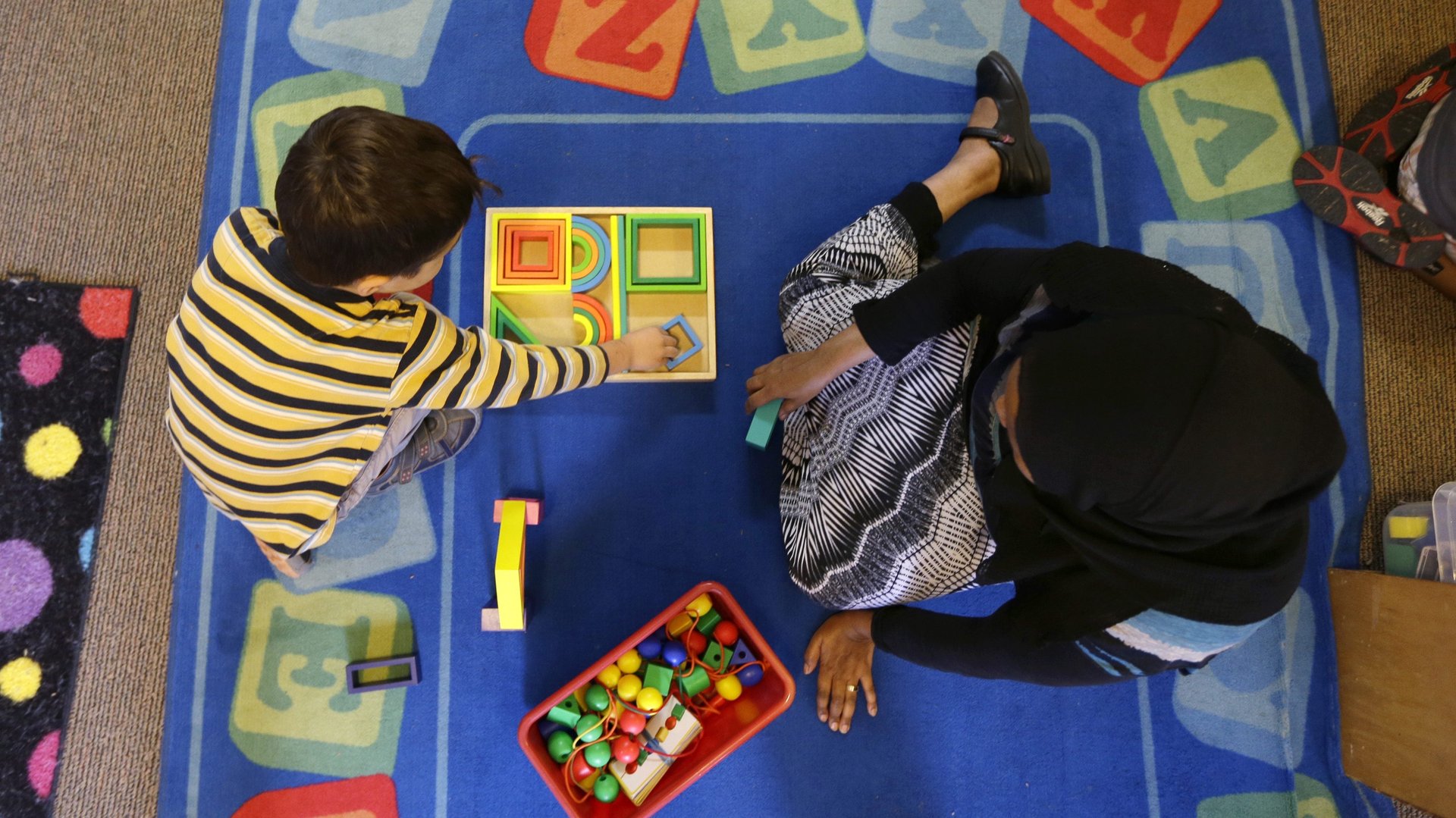The share of multiracial kids is growing fast in the US
In some ways, it can feel like the the US is getting more racialized. White nationalism is on the rise, and many Americans are concerned that politicians are playing to racial identity as a way to get elected. Yet, in one important way, race in the US is quickly becoming a more complex idea.


In some ways, it can feel like the the US is getting more racialized. White nationalism is on the rise, and many Americans are concerned that politicians are playing to racial identity as a way to get elected. Yet, in one important way, race in the US is quickly becoming a more complex idea.
According to recently released data from the US Census, about 8% of children under 5 in the US were identified by their parents as having “two or more races.” This is up from about 6.5% in 2010, and 5% in 2000. The Pew Research Center found that the share of multiracial children is even higher if measured by looking at whether the parents are of two different races, rather than the race reported by the parents.
Another way to think about the US’s increasingly multiracial future is by looking at the median age of Americans of different racial and ethnic groups. The Census data shows that in the median age of non-Hispanic white Americans was 43.6 in 2018. That means just about half of all non-Hispanic white people are below that number and half are older. In contrast, the median age for those of two or more races was just 20.5.
Median age by race/ethnicity in the US in 2018
Just as race has once again come to the center of the US politics and economics, racial identity is becoming ever more complicated. It’s unclear how future generations will think of their racial identities. With the ever-larger number of people who don’t fit into one category, it is likely to look very different from today.